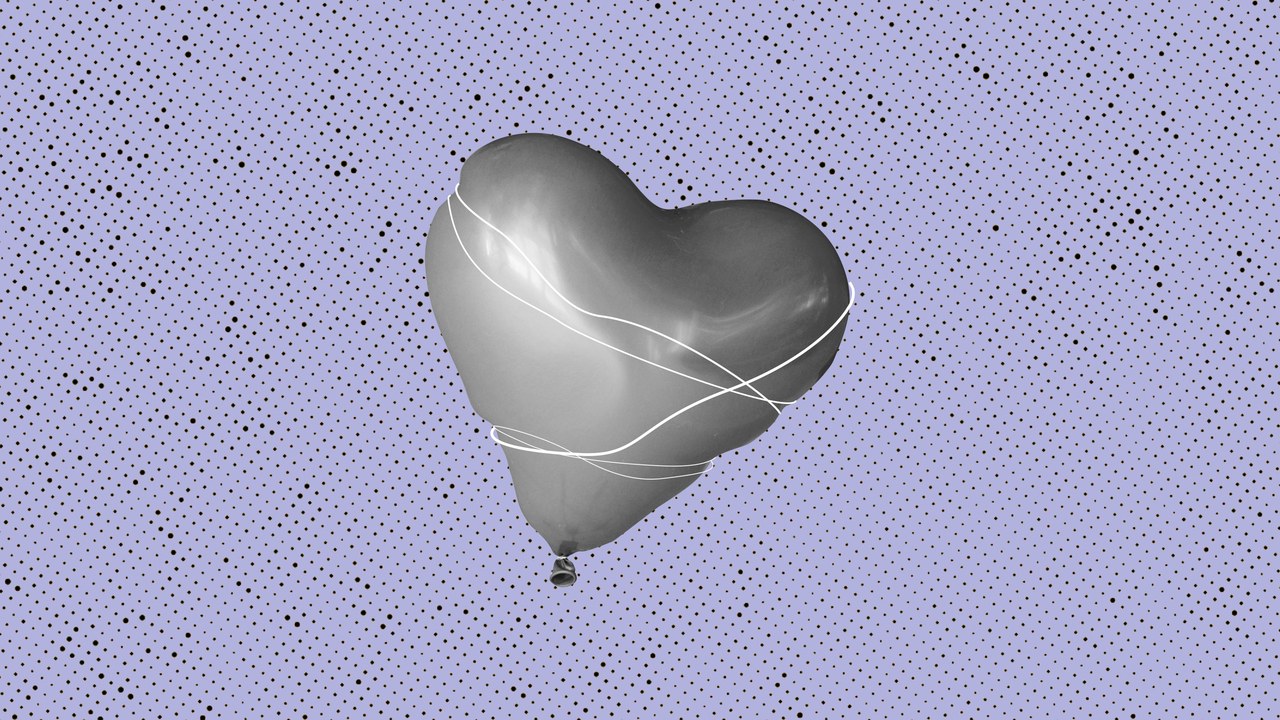Heart Attacks Are On the Rise in Young Women—Know the Signs of a Heart Attack In Women

These are classic early signs of a heart attack, Dr. Steinbaum says: tightness in the chest, pain, dizziness, nausea, a cold sweat. All of these symptoms are the body’s “desperate attempt” to help itself as the heart is slowly deprived of oxygen, she says.
3:30 p.m.: Schroeder didn’t know any of this at the time—she thought she might be having a panic attack—but she knew something was really wrong. So, she called her dad, a former EMT, who told her to have her roommates bring her to the hospital right away.
If you’re having a heart attack, time is of the essence, says Dr. Steinbaum. “In this case, you’d need to get to the ER as soon as possible—that decision could be lifesaving.”
3:45 p.m.: Several minutes later, Schroeder’s roommates walked her into a nearby Urgent Care clinic—by this time, she was in too much pain to stand upright, let alone walk on her own. Bewildered and in pain, she laid on the floor of the waiting room waiting to see a doctor.
When she got into an exam room, a nurse ran an electrocardiography (EKG) to check the electrical activity of her heart, Schroeder says. “I remember the nurse saying, ‘This is strange—it says you’re having a heart attack.’”
4 p.m.: Schroeder was rushed to the hospital but couldn’t fully process what was happening. While EMTs gave her nitroglycerin—which helps to widen blood vessels making it easier for the heart to pump blood during a heart attack—Schroeder asked her roommates to text her captain. “I was so concerned about missing soccer practice because if I missed practice, I likely wouldn’t be able to play in the upcoming weekend’s game,” she says. “I felt like I was in a daze.”
4:30 p.m.: During a heart attack, a blockage—typically plaque buildup in the arteries—prevents blood and oxygen from flowing to the heart muscles. But Schroeder, a young, healthy, athlete, didn’t fit the profile of a patient with blockages. At the hospital, her care team started running tests: another EKG, an echocardiogram (echo) to take pictures of her heart, and an MRI.
There was definitely a blockage. “I explained my mom’s cardiomyopathy and how I used to have a hole in my heart but it closed,” Schroeder says. This tipped doctors off to take a second look—scans revealed that the hole in Schroder’s heart was in fact still there.
Saturday, September 15, 2012 8:00 a.m.: The next morning, doctors finally figured out what had happened. During a cardiac catheterization, a procedure that involves inserting a catheter into your artery, doctors discovered a blood clot that had traveled through the hole in Schroder’s heart into one of her arteries, almost completely blocking it.
It turned out, the hole in her heart was only part of the issue—further testing revealed Schroeder also had a genetic blood clotting disorder. The two conditions explained the heart attack—and meant she’d have to give up soccer.
A month after her heart attack, Schroeder was trying to run again. She needed to spend three months in cardiac rehab and keep her heart rate under 170 beats per minute to avoid overexerting herself, but she was determined to find a way to stay active in a way that’s healthy for her heart. “I’m not working out just because I want to work out. I’m working out because I need to to keep my heart strong and my body healthy so hopefully this doesn’t happen again,” she says. Schroeder’s also on medication for her condition, pays attention to her blood pressure and cholesterol, and avoids sodium-rich foods.
